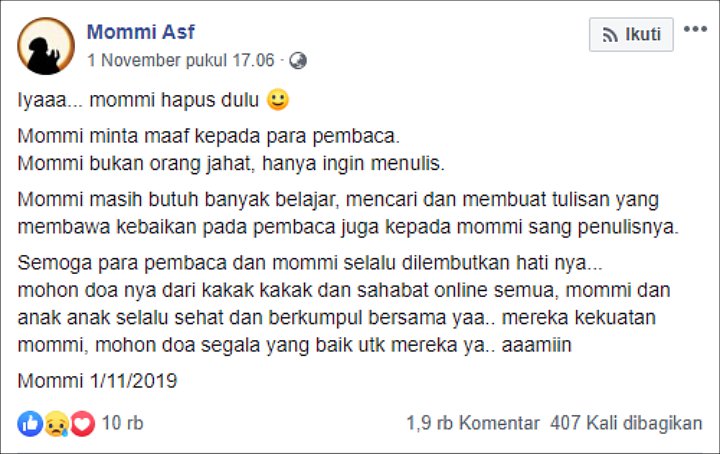

The Mahābhārata itself (1.1.61) distinguishes a core portion of 24,000 verses: the Bhārata proper, as opposed to additional secondary material, while the Aśvalāyana Gṛhyasūtra (3.4.4) makes a similar distinction. What then is possible? Our objective can only be to reconstruct the oldest form of the text which it is possible to reach on the basis of the manuscript material available.' That manuscript evidence is somewhat late, given its material composition and the climate of India, but it is very extensive. Vishnu Sukthankar, editor of the first great critical edition of the Mahābhārata, commented: 'It is useless to think of reconstructing a fluid text in a literally original shape, on the basis of an archetype and a stemma codicum.

It is estimated that the Sanskrit text probably reached something of a 'final form' by the early Gupta period (about the 4th century CE). It is generally agreed that 'Unlike the Vedas, which have to be preserved letter-perfect, the epic was a popular work whose reciters would inevitably conform to changes in language and style,' so the earliest 'surviving' components of this dynamic text are believed to be no older than the earliest 'external' references we have to the epic, which may include an allusion in Panini's 4th century BCE grammar Aṣṭādhyāyī 4:2:56. Mahābhārata started as an orally-transmitted tale of the charioteer bards.

The background to the Mahābhārata suggests the origin of the epic occurs 'after the very early Vedic period' and before 'the first Indian 'empire' was to rise in the third century B.C.' That this is 'a date not too far removed from the 8th or 9th century B.C.' is likely. Some elements of the present Mahābhārata can be traced back to Vedic times.

Research on the Mahābhārata has put an enormous effort into recognizing and dating layers within the text.


 0 kommentar(er)
0 kommentar(er)
